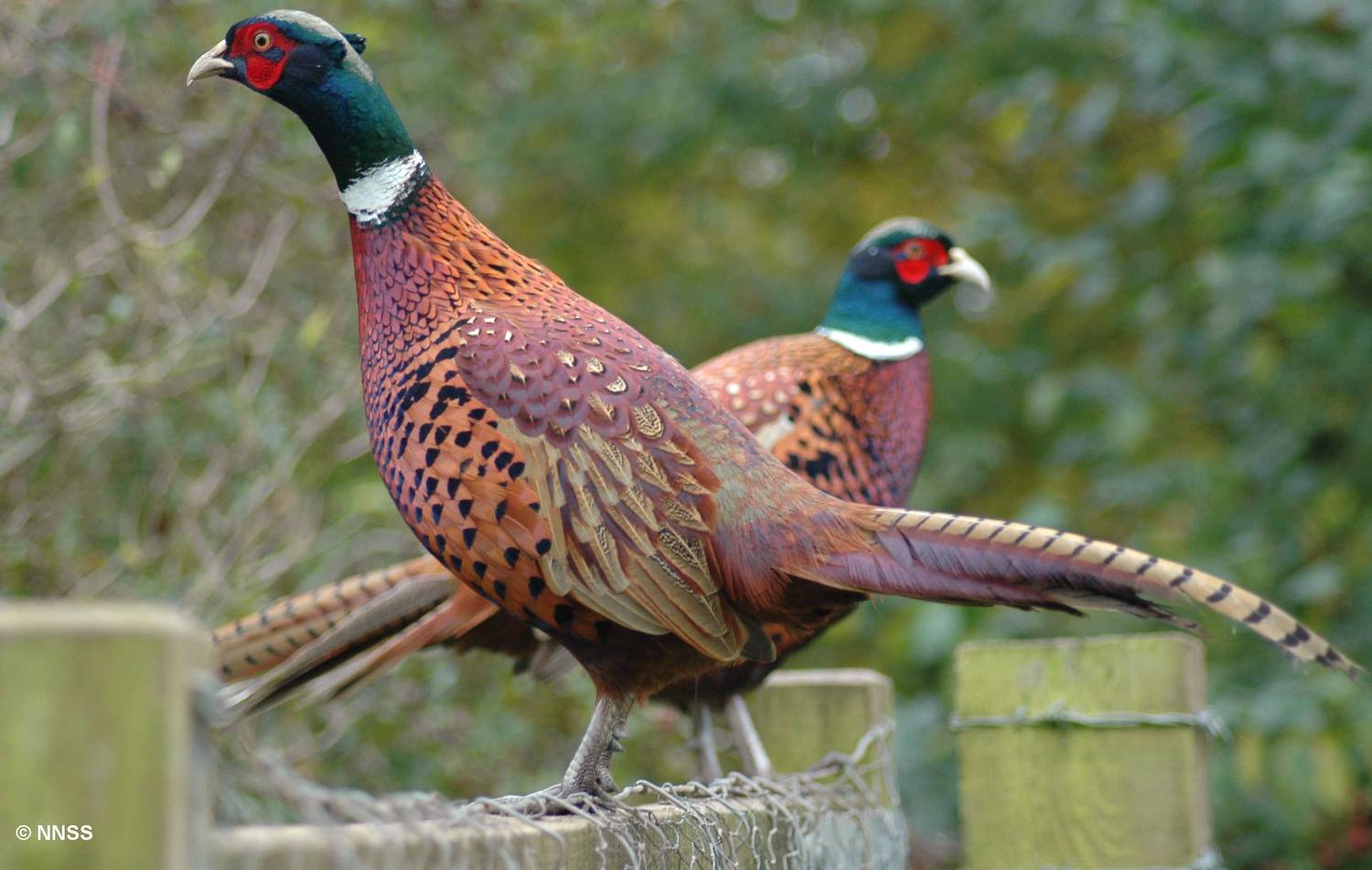Stamp: Great Argus Pheasant (Argusianus argus) (North Borneo 1894)
Great Argus Pheasant (Argusianus argus) (North Borneo 1894)
01 January (North Borneo ) within release Pictorial Definitives 1894-1896 goes into circulation Stamp Great Argus Pheasant (Argusianus argus) face value 5 British North Borneo cent
| Stamp Great Argus Pheasant (Argusianus argus) in catalogues | |
|---|---|
| Stanley Gibbons: | Sg: NB 72c |
Stamp is square format.
Perforation can vary between 13½ and 14 on two sides of this stamp and 12 and 13 on the other two sides of this stamp due to variations in the perforating machinery used by the printer. Stamps with cancellations consisting of a grid of bars are remainders of minimal value compared to stamps with clear postal cancellations.Also in the issue Pictorial Definitives 1894-1896:
- Stamp - Sago Palm face value 3;
- Stamp - Saltwater Crocodile (Crocodylus porosus) face value 12;
- Stamp - Mt. Kinabalu face value 18;
- Stamp - Coat Of Arms face value 6;
- Stamp - Sago Palm face value 3;
- Stamp - Dyak chief face value 1;
- Stamp - Dyak chief face value 1;
- Stamp - Coat of Arms with Supporters face value 24;
- Stamp - Sambar Deer (Cervus unicolor) face value 2;
- Stamp - Coat Of Arms face value 6;
- Stamp - Mt. Kinabalu face value 18;
- Stamp - Dyak chief face value 1;
- Stamp - Great Argus Pheasant (Argusianus argus) face value 5;
- Stamp - Sambar Deer (Cervus unicolor) face value 2;
- Stamp - Saltwater Crocodile (Crocodylus porosus) face value 12;
- Stamp - Saltwater Crocodile (Crocodylus porosus) face value 12;
- Stamp - Dyak chief face value 1;
- Stamp - Sambar Deer (Cervus unicolor) face value 2;
- Stamp - Mt. Kinabalu face value 18;
- Stamp - Malay Dhow face value 8;
- Stamp - Malay Dhow face value 8;
- Stamp - Sambar Deer (Cervus unicolor) face value 2;
- Stamp - Saltwater Crocodile (Crocodylus porosus) face value 12;
- Stamp - Great Argus Pheasant (Argusianus argus) face value 5;
- Stamp - Dyak chief face value 1;
- Stamp - Coat Of Arms face value 6;
- Stamp - Sambar Deer (Cervus unicolor) face value 2;
- Stamp - Sago Palm face value 3;
- Stamp - Great Argus Pheasant (Argusianus argus) face value 5;
- Stamp - Dyak chief face value 1;
- Stamp - Dyak chief face value 1;
- Stamp - Dyak chief face value 1;
- Stamp - Great Argus Pheasant (Argusianus argus) face value 5;
- Stamp - Sago Palm face value 3;
- Stamp - Coat of Arms with Supporters face value 24;
- Stamp - Sago Palm face value 3;
Stamp Great Argus Pheasant (Argusianus argus) it reflects the thematic directions:
Animals are multicellular, eukaryotic organisms of the kingdom Animalia (also called Metazoa). All animals are motile, meaning they can move spontaneously and independently, at some point in their lives. Their body plan eventually becomes fixed as they develop, although some undergo a process of metamorphosis later on in their lives. All animals are heterotrophs: they must ingest other organisms or their products for sustenance.
Birds (Aves), a subgroup of Reptiles, are the last living examples of Dinosaurs. They are a group of endothermic vertebrates, characterised by feathers, toothless beaked jaws, the laying of hard-shelled eggs, a high metabolic rate, a four-chambered heart, and a strong yet lightweight skeleton. Birds live worldwide and range in size from the 5 cm (2 in) bee hummingbird to the 2.75 m (9 ft) ostrich. They rank as the class of tetrapods with the most living species, at approximately ten thousand, with more than half of these being passerines, sometimes known as perching birds. Birds are the closest living relatives of crocodilians.
Pheasants (/ˈfɛzənts/ FEH-zənts) are birds of several genera within the family Phasianidae in the order Galliformes. Although they can be found all over the world in introduced (and captive) populations, the pheasant genera's native range is restricted to Eurasia. The classification "pheasant" is paraphyletic, as birds referred to as pheasants are included within both the subfamilies Phasianinae and Pavoninae, and in many cases are more closely related to smaller phasianids, grouse, and turkey (formerly classified in Perdicinae, Tetraoninae, and Meleagridinae) than to other pheasants


